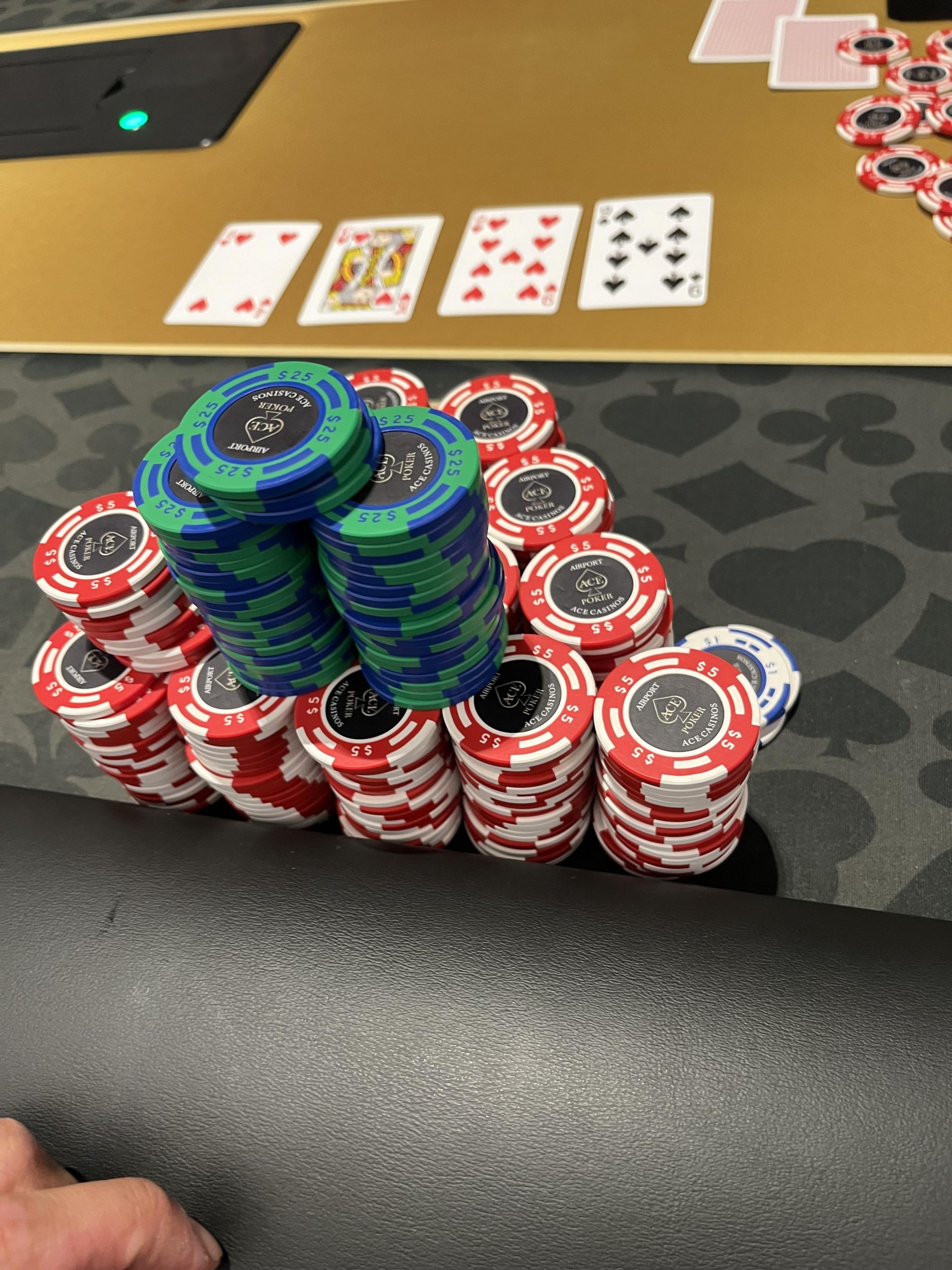The masuk slot phenomenon, a unique colloquial expression in Indonesian for the addictive behavior towards mobile games or online services, is a growing concern in the digital world. The lure of masukslot can be as powerful as a gravitational pull, leaving individuals entranced, often at the expense of critical daily activities and responsibilities. This blog post aims to uncover the underlying psychological triggers behind this addictive behavior, offering insights for both users and developers.
The Appeal of Instant Gratification
One of the primary drivers behind masuk slot addiction is the appeal of instant gratification. The mechanism at play here is the intermittent reinforcement schedule employed by game developers. Just like with gambling, users are rewarded unpredictably and infrequently, which makes the reward feel more significant and unexpected. This unpredictability keeps players eagerly engaged, as each swipe may lead to a win, a new high score, or a level up.
Dopamine, the Neurotransmitter of Desire
The brain chemical dopamine has often been tied to the pleasure and reward system, but its role is more complex. In the context of masuk slot, dopamine is released not when the reward is received, but during the anticipation. This anticipatory excitement can be addictive in itself, creating an urge to continue engaging with the game or service, not unlike the allure of a slot machine’s lever pull.
Understanding this mechanism can help users recognize their addiction early and developers to design solutions that offer satisfaction through more than just luck-based rewards. Balancing regular, predictable outcomes with the occasional big ‘win’ can rewire the game’s reward system, making it less addictive without losing its entertainment value.
Social Validation and Identity Formation
Humans are social beings, and the desire for social validation plays a significant role in maintaining masuk slotbehaviors. Games and online services often provide platforms for individuals to showcase their prowess, build communities, and forge their identity based on in-game achievements.
In-Game Status & Social Hierarchies
Within these environments, there are social hierarchies and status symbols, often tied to skill progression, character attributes, or leaderboard standings. These virtual accomplishments can become a primary source of self-esteem, leading users to invest more time and emotional energy into maintaining their digital status.
The integration of social features into games not only encourages more time spent on the platform but also deeper engagement. However, developers must be cautious of the fine line between healthy community building and fostering excessive attachment to in-game social validation. Creating mechanics that encourage cooperative play and support among players can help balance the impact on users’ social validation needs.
Psychological Tactics in Design and Marketing
The design of masuk slot games or services is not accidental but carefully crafted to maximize the retention of users. Various psychological tactics are employed, from the choice of color schemes and sounds to the phrasing of notifications. These elements are designed to create a seamless and immersive experience that can be as difficult to leave as it is easy to enter.
User Interface and Experience
The user interface (UI) and user experience (UX) are key components of masuk slot design. Responsive controls, visually stimulating graphics, and a fluid game flow contribute to an engaging experience that can be hard to tear away from. Similarly, the user interface is often kept minimalistic and streamlined, reducing cognitive load and decision fatigue, which makes it simpler for users to keep playing.
By humanizing the aspects of game design and marketing, we can encourage users to be more conscious of their experiences and minimize potential addictive behaviors. For example, adding features that remind players of the time they’ve spent playing, or creating periodic prompts to take breaks, can disrupt the masuk slot cycle and promote healthier usage patterns.
Conclusion
Understanding the psychological motivations behind masuk slot addiction is essential for both users and developers. For users, recognizing the elements that make these digital spaces addictive can empower them to set boundaries and enjoy these platforms in a mindful way. For developers, integrating this knowledge into the design process can lead to healthier games and services that prioritize user well-being while still delivering a captivating experience. It is through this shared awareness and responsibility that we can foster a digital landscape that enriches lives without encroaching on them.




